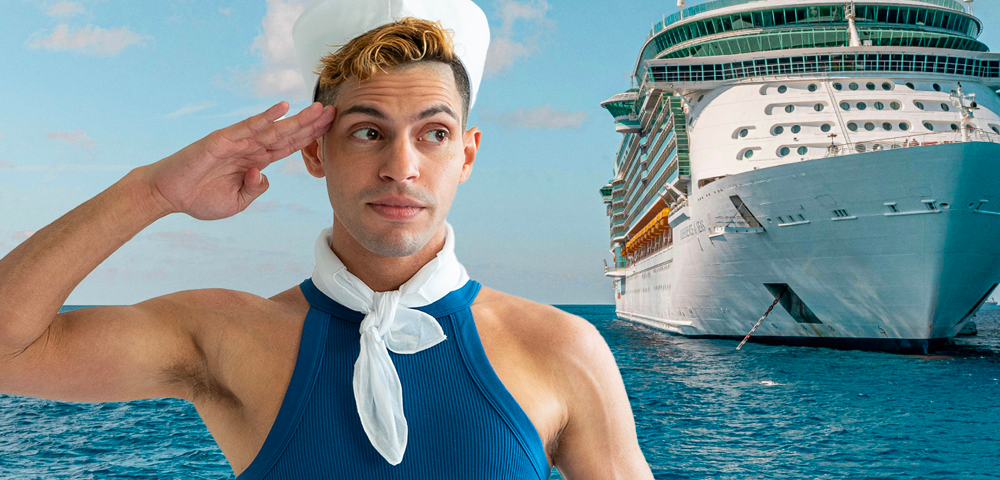
A young men’s war
In the opening seconds of director Clint Eastwood’s Flags Of Our Fathers we hear an old man’s husky voice singing to himself in the depths of night.
He’s John Bradley, movingly played as a young man by Ryan Phillippe (54, Cruel Intentions, Crash), one of the film’s few star names.
The song I’ll Walk Alone is repeated a little later in the movie, sung by Dinah Shore in a Japanese radio broadcast taunting the callow Marines killing time in ships heading for Iwo Jima.
It underscores our mounting horror, because we know what’s ahead for these immature young men, as 20,000 Japanese troops are dug in to defend the highly fortified island with their lives.
Based on the famous Pulitzer Prize-winning photo of six men raising the American flag on Mt Suribachi five days into a gruesome month-long battle, Eastwood’s film doesn’t shy away from presenting the horrors of war.
His ambitious re-creation of the spectacular landing matches the ferocity of Steven Spielberg’s opening battle scene from Saving Private Ryan, and its sheer size dwarfs the actors.
The action is so fast and furious that they’re hard to distinguish anyway, helmets pulled down low, the cinematography so drained of colour (except for dark red spurts of blood) that it robs them of distinguishing features.
The most recognisable ones are Jesse Bradford (the swimmer from Swimfan), 20-year-old Jamie Bell (the dancing kid in Billy Elliot) and Paul Walker (the blond hunk from The Fast And The Furious series).
Eastwood’s 135-minute film, shuffling between several different time frames and focusing on a huge range of characters, is not easy to watch.
We keep hoping it will soar and fire the imagination, but Eastwood is not that sort of director. It’s a movie of ideas where politicians, military brass, enlisted men and civilians back home have different interpretations and uses for the truth.
But confused and confusing as Flags Of Our Fathers is, few films have been as successful at spelling out the human cost of asking young men to kill other men and still retain their humanity, despite the comrades’ deaths they have witnessed and the atrocities they might have seen or even unwittingly committed.
It will be fascinating to see Eastwood’s companion piece, Letters From Iwo Jima, telling the story of the battle from the Japanese point of view, shot back to back with Flags and due for an early release next year.
And stay for the end credits, featuring other photos taken during the campaign, and the incredibly moving final shot of dog tags clattering in the breeze, draped over the memorial atop Mt Suribachi looking down on the beaches below.









